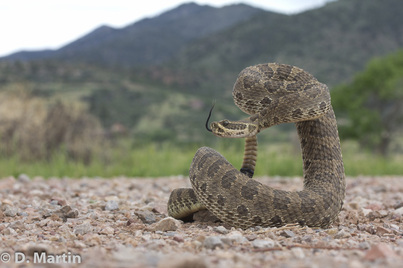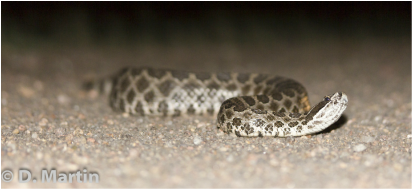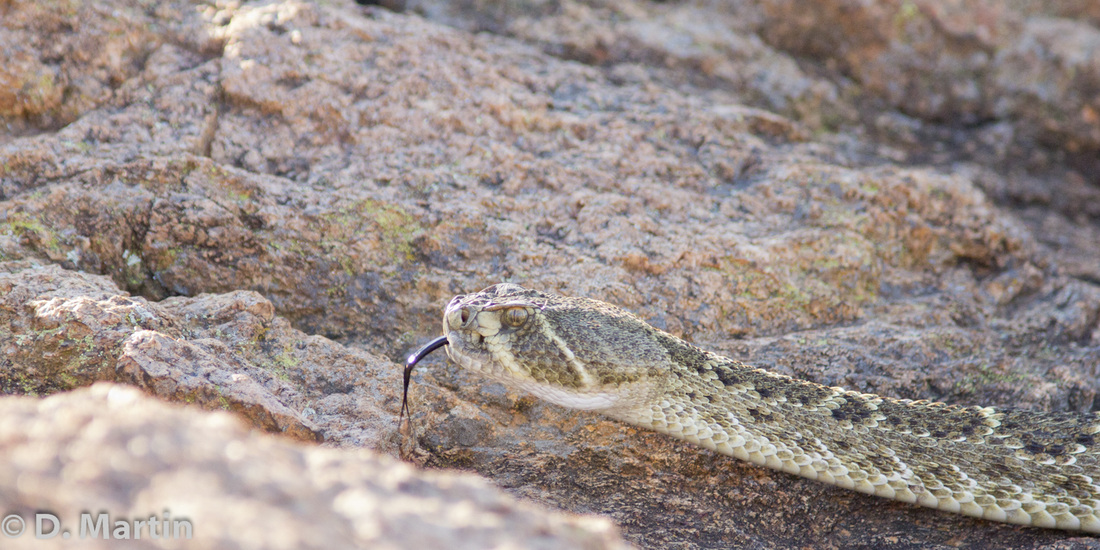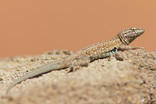Safety tips field Work
Things to think about before and during surveys in the field - your safety in the field is ultimately up to you! These tips are not meant as endorsements of any products or single source for information - please do check out other sources for additional information! Please consult a physician if you are unsure if you are fit enough to conduct surveys or for medical advice.
General Safety & Miscellaneous Tips:
- Watch the weather forecast. Be aware that severe storms can crop up quickly in the Great Plains, and you should have nearby shelters identified before you head out for field work! There are severe thunderstorms, flash floods, and tornadoes in the Great Plains. Know what to do if a storm approaches.
- Don't forget to drink plenty of water while conducting field work! You should always take more than you think you may need, and drink water often. Don't forget to eat!
- Wear a hat. Something that helps block direct sunlight from your head will reduce the chance of sunburn or worse. Know how to recognize dehydration and heat exhaustion and how to avoid these or worse conditions!
- Reptiles rely on heat from their environment, including the sun. This means they are typically active when air temperatures are above ~60 degrees F and most become inactive when temperatures reach the upper 90's. Be prepared for being in the sun in that temperature range. Use sunscreen if needed!
- If you choose to wear glasses or sunglasses, keep the lenses clean. The wind blows a lot of dust around in the Great Plains, and eye protection is important - but also keep in mind that for Visual Encounter Surveys to work you need to be able to spot reptiles. You won't be able to do this with dirty lenses! Same goes for camera or binocular lenses. *Note that if you use polarized glasses you may not be able to detect reptiles by looking for sun reflecting off their scales (see examples here).
- Wear leather or similar boots. There are a lot of sharp objects in the field that most sandals, running shoes, or other footwear do not protect you from. Sharp rocks and cactus spines are common in some areas and often unavoidable. Having good quality footwear will protect you from sharp objects and help prevent blisters.
- Let someone know where you will be (even if just the project coordinator) and when you expect to return home. Let them know when you arrive home.
- If you are working on or near roads, use safety vests with orange and reflective materials. This is mandatory (law) in some states including Texas. Please do not survey roads that have a lot of traffic, and move off roads when you see or hear vehicles approaching!
- Drive safely! If you're recording opportunistic sightings as you're driving, be smart about when it is safe (and legal) to stop to get a voucher photo and location coordinates. It may be illegal in some states to stop along roads without a permit - it is your responsibility to know the laws in your state. No data collection is worth being seriously injured or worse.
- Your safety is ultimately up to you while in the field! Plan ahead and think before you act.
Snake bite
|
If you approach closely enough for a rattlesnake to be in a defensive posture, you are too close!! Walk away slowly while watching for other snakes in the area.
A few sources for Snakebite First Aid recommendations:
|
You should not be at any greater risk of snake bite than you would during hiking or other cross-country activities in the region. Surveying for reptiles requires looking at the habitat around you. Use caution as you approach areas where snakes may reside, such as rocky outcrops, prairie dog burrows, or dense vegetation. NEVER intentionally approach (close enough to risk bite) or try to handle venomous snakes. You should be able to obtain photo vouchers without approaching closer than initial observation distances.
Rattlesnakes occur throughout much of the Great Plains. There are 3 venomous species that occur in significant portions of the Great Plains: Prairie Rattlesnake, Massasauga, Western Diamond-backed Rattlesnake. Since treatment of a snake bite may depend on the species, you should be aware of which of these species may reside in the area you are visiting, and how to identify these species. Be aware there are several other venomous species (e.g., Copperhead, Pygmy Rattlesnake) that are peripheral to the region and you may encounter those species if conducting surveys within their geographic ranges. |



